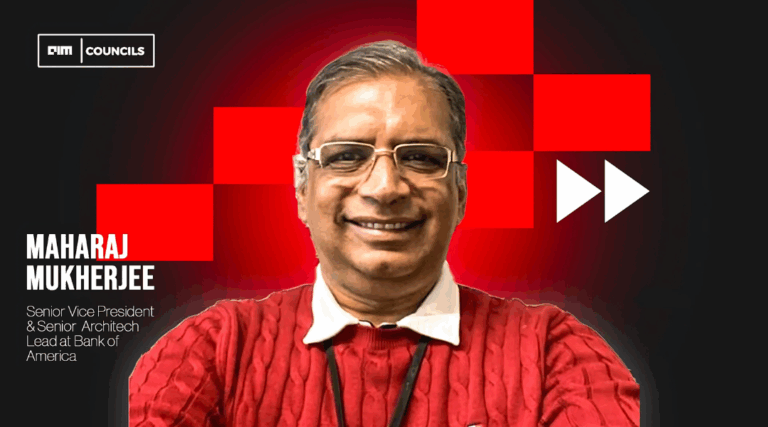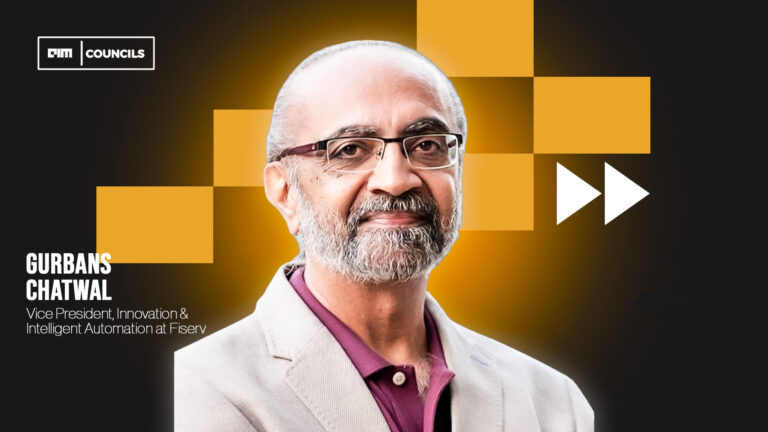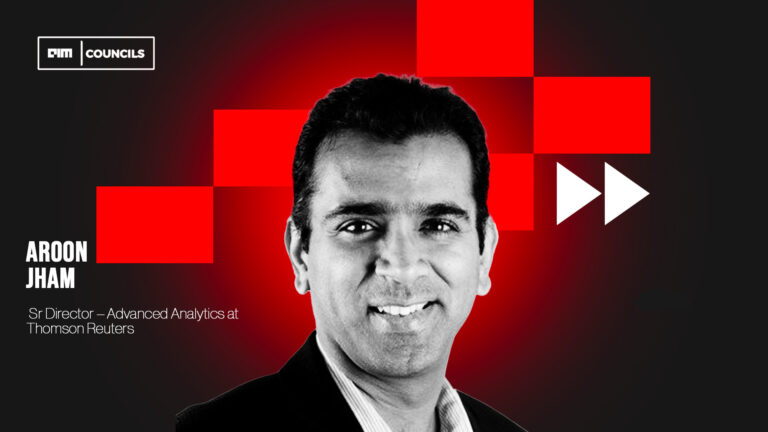In our latest roundtable, we had the pleasure of bringing together some of the brightest minds in the industry to discuss the evolving landscape of data governance. Joining us were Datta Junnarkar, Chief Information Officer – Maritime at Boeing; Junaid Farooq, Former SVP – Enterprise Data Management at First Citizens Bank; Maharaj Mukherjee, Senior Vice President and Senior Architect Lead at Bank of America; Mukundan Rengaswamy, Senior Managing Director at Webster Bank; Niraj Patel, AI and Digital Transformation Executive; and Senguttuvan Thangaraju, Senior Director, Enterprise Data Governance at McKesson.
These leaders shared invaluable insights on how they are navigating the complexities of data governance based on their industry experiences, and the strategies they are employing to build robust frameworks in an increasingly AI-driven world.
Understanding the Persistent Challenges
Despite the advancements in AI and data-driven technologies, many organizations continue to grapple with fundamental data governance issues. Senguttuvan Thangaraju highlighted this, stating, “The fundamental problems across all industries have remained the same, whether or not we have AI in the picture. There are still organizations struggling with basic data management issues like the absence of an enterprise data catalog and poor data quality.”
Niraj Patel emphasized the challenges in adapting to the new era of unstructured data. “The biggest challenge is getting technologists to unwind their structured thinking to adapt to this new unstructured world,” he explained. Patel underscored the importance of this shift for effectively leveraging advanced AI capabilities, which go beyond traditional task-based automation models.
The Impact of Leadership Turnover
Frequent changes in leadership, particularly among Chief Data Officers (CDOs), pose significant obstacles to effective data governance. Junaid Farooq noted, “The average tenure of a CDO is less than two years, and with every change in leadership, priorities shift.” He shared an example where a new CDO dismissed nine months of work on data lineage, considering it unnecessary. This turnover often disrupts ongoing initiatives, preventing organizations from fully resolving long-standing data governance issues.
Farooq further commented, “Leadership changes and their philosophies can drastically alter the course of data governance initiatives. We often don’t see initiatives carried through from start to finish, which is why many problems persist.”
Adapting to New Data Demands
As the volume and diversity of data continue to expand, the challenges of data governance become more complex. Maharaj Mukherjee remarked, “The velocity and volume of data have skyrocketed, particularly with the rise of IoT devices and automated data generation.” He noted that this surge in data creation requires organizations to shift their technological infrastructure, increasingly relying on GPUs over traditional CPUs to meet processing demands.
Mukundan Rengaswamy stressed the importance of focusing on low-risk use cases when implementing data governance frameworks. “In the banking industry, we cannot afford to take risks with data governance,” he stated. “The impact of getting something wrong, especially with the reduced time to market for Gen AI solutions leveraging LLM models, can be catastrophic.”
Datta Junnarkar, representing the manufacturing sector, added his perspective on the complexity of data governance in industrial environments. “In manufacturing, we deal with diverse technologies, including IoT and industrial IoT, which collect and collate vast amounts of data. This adds another layer of considerations when thinking about data governance frameworks,” he explained. Junnarkar emphasized the importance of focusing on ROI when implementing AI technologies, particularly in sectors with limited budgets.
The Human Element in Data Governance
A key factor in the success of any data governance framework is the education and empowerment of the workforce. Thangaraju stressed, “If you have a literate workforce that understands their responsibilities, governance becomes everyone’s concern, not just that of data governance professionals.” This collective responsibility ensures that data governance practices are consistently applied, even as leadership and technologies evolve.
Farooq also noted, “We never truly solved the data democratization problem. If we can get that right, we could solve many other issues as well.”
Challenges in Synthetic Data and Dynamic Consent Models
The discussion also explored the challenges posed by synthetic data and dynamic consent models. Farooq raised a crucial question: “Who should decide what is fit for purpose when it comes to synthetic data? The creation of synthetic data adds another layer of complexity to data governance, especially in ensuring that it has enough content and variety to limit bias.”
Niraj Patel offered a perspective from the financial sector: “Most of the generative work we’re doing is aimed at producing predetermined outputs. We’re cautious about limiting the scope to what was previously handled by humans to avoid the black hole of ambiguity.”
Mukundan Rengaswamy echoed these concerns, particularly about the degradation of AI model output when trained repeatedly on synthetic data. He also addressed the challenges of dynamic consent models, stating, “Dynamic consent is still an evolving concept. The controls for ensuring data privacy are in place, but the industry is still figuring out how to handle this effectively.”
Maharaj added, “In banking and finance, we have to be extremely careful. Even with dynamic consent models, customer data is sacrosanct, and we must ensure that all usage is fully consented to and compliant with regulations.”
Strategies for Building Robust Data Governance Frameworks
As organizations seek to navigate the complexities of data governance in the AI industry, several critical strategies emerged from the discussion:
Metadata Management and Data Lineage: Establishing a comprehensive metadata management strategy and maintaining clear data lineage are essential for managing both structured and unstructured data. These practices support the effective deployment of AI technologies and ensure data accuracy and traceability.
Data Quality Assurance: Ensuring high data quality is fundamental to the success of AI initiatives. Organizations must develop robust data quality frameworks that can adapt to the evolving nature of data, particularly as new data sources and formats are introduced.
Data Security and Consent Management: As AI technologies generate and use increasing amounts of data, safeguarding data privacy and managing consent are more critical than ever. Patel and Maharaj emphasized the importance of strong data security measures, particularly in industries like finance where data sensitivity is paramount.
Dynamic Data Filtering: Patel introduced the concept of filtering data dynamically to ensure that only necessary information is shared, while keeping other data secure. This approach helps organizations manage the complexity of data governance in real-time, particularly in business-to-business contexts.
Continuous Leadership and Workforce Development: Ensuring continuity in leadership and investing in the education of the workforce are crucial for the sustained success of data governance frameworks. Organizations must prioritize the development of data literacy across all levels to maintain robust governance practices.
Conclusion
The complexities of data governance in the AI industry present significant challenges, but they are not insurmountable. By adopting a strategic approach that includes robust metadata management, data quality assurance, and dynamic data filtering, organizations can build resilient data governance frameworks. Moreover, continuous leadership development and workforce education will ensure that these frameworks are effectively implemented and sustained, enabling organizations to fully leverage the potential of AI.
Disclaimer: The opinions expressed by the leaders in the discussion is their personal opinion and does not necessarily reflect the opinion of the Organization they belong












